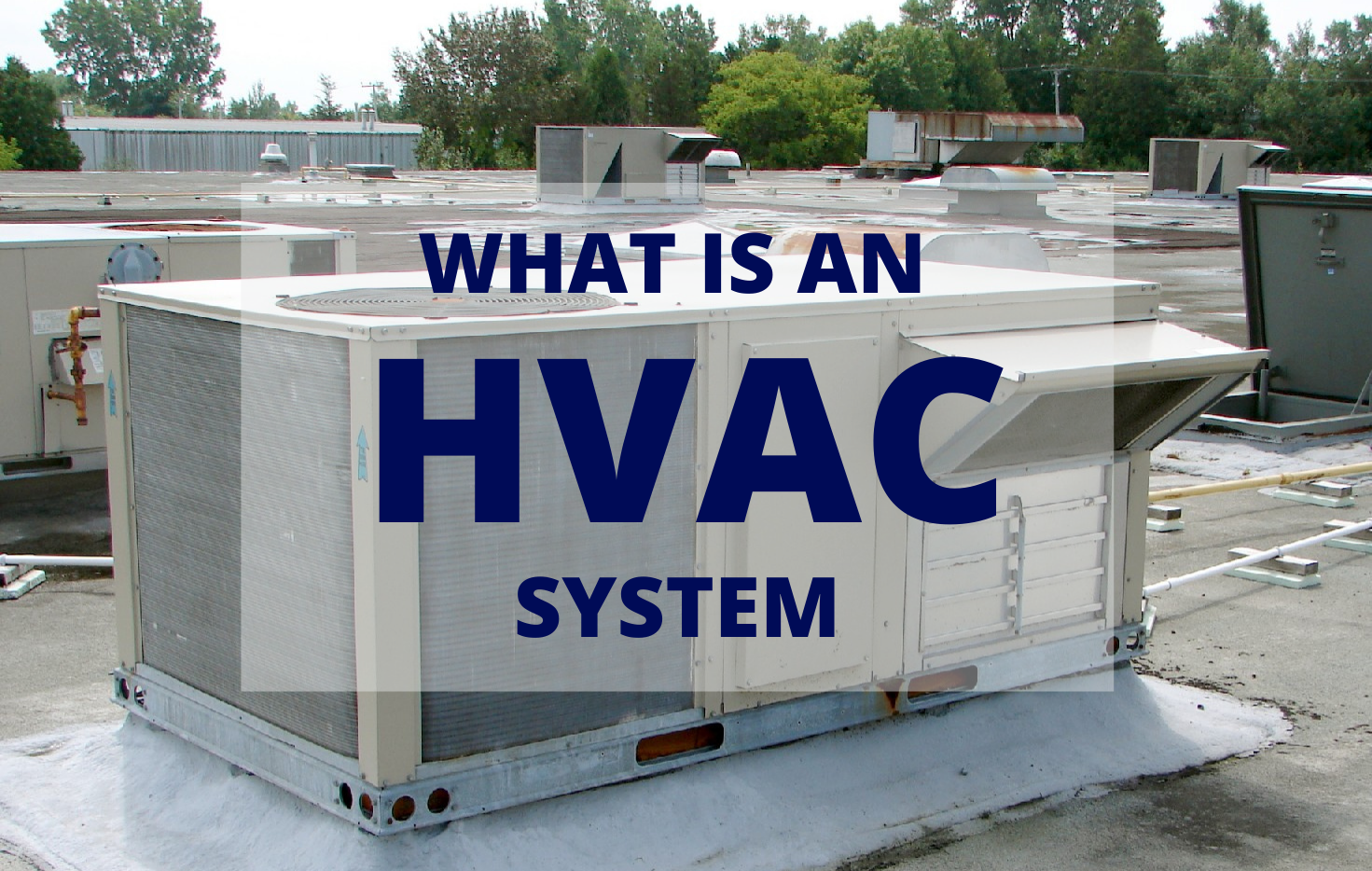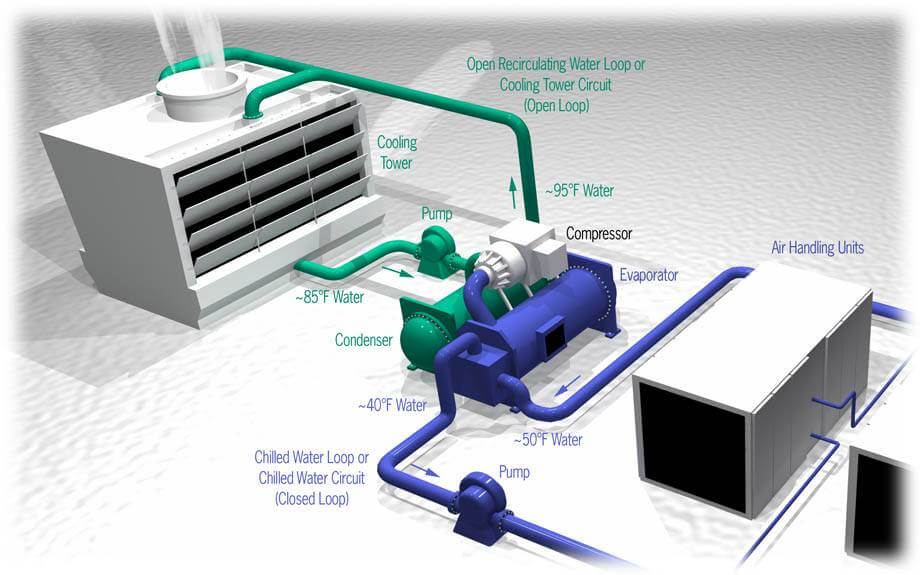Leonard Splaine What is an HVAC system and how does it work

First and foremost, HVAC stands for heating, ventilation, and air conditioning. This system provides heating and cooling to residential and commercial buildings. You can find HVAC systems anywhere from single-family homes to submarines where they provide the means for environmental comfort. Becoming more and more popular in new construction, these systems use fresh air from outdoors to provide high indoor air quality.
Heating, ventilation, and air conditioning (HVAC) systems have plenty of moving parts, but breaking down these parts one by one can help you solve the mysteries behind this important part of your home.
In this article, you will learn what an HVAC system is and how its different parts work.
How Does An HVAC System Work
The three main functions of an HVAC system are interrelated, especially when providing acceptable indoor air quality and thermal comfort. Your heating and air conditioning system is often one of the most complicated and extensive systems in your home, but when it stops working you’ll know soon enough!

1. Thermostat: This is the most obvious portion of your HVAC system, and the piece you’ll interact with most. Usually installed on an easily accessed wall, it can be set manually and programmed to keep your home at your ideal temperature. When the ambient temperature gets too hot or cold, the thermostat triggers your HVAC system to start circulating air as needed.
2. Furnace: Your furnace is the star of your HVAC system, and it can be huge—it’ll require the most space out of all of the different components. The furnace is designed to heat air, which is then distributed to different portions of your home via ductwork or piping. Furnaces use varied heat sources, including solar energy, heat pumps, electric resistance, and combustion.
3. Evaporator coil: The evaporator coil is used to cool down the air when your thermostat is set to a lower temperature. This cold air is then funneled throughout your home.
4. Condensing unit: This unit is found on the outside of your home and filled with what is called refrigerant gas. When the refrigerant is cooled, the condensing unit pumps this liquid to the evaporator coil to be transformed into gas again.
5. Vents: These are the outlets that help distribute heated and cooled air from the duct system into the various rooms of your home. They’re generally found near the ceiling with angle slats, designed to send the air downward. It’s important to ensure these vents don’t become blocked.
6. Refrigerant lines: These lines carry refrigerants to the condensing unit in the form of gas. This gas is transformed into liquid form, then transferred back to the evaporator coil.
What Is The Difference Between HVAC And Air Conditioning
The difference between HVAC and air conditioning is disputed more often than you might think. The whole idea of heating and air conditioning is to keep our homes and businesses comfortable all year round.
In the air conditioning industry, the term HVAC is often used instead of AC. HVAC refers to heating, ventilation, and air conditioning, whereas AC simply refers to air conditioning. AC is generally used when referring to systems that are designed to cool the air in your home. Window units and central AC are standard systems that are widely used. HVAC can include heat pumps and gas furnaces as well as air conditioning units. This means HVAC deals with both heating and cooling.
Which HVAC Brand Is Best?
There are quite a few front runners in the HVAC world, but here at Leonard Splaine we install Lennox, Trane and Carrier and that’s for a number of reasons. First and foremost, these HVACs have been manufacturing quality products for over a century. Next, they are well known for being reputable and offering highly efficient products. Finally, they also provide all of their customers with the information they need to make the decision on their next home improvement investment.
How Many Years Does An HVAC System Last
Now that you understand exactly what an HVAC system consists of, you’re probably wondering how long a new one will last you. A heating or cooling system is a significant investment, and it only makes sense to get as much use out of it as possible.
In general, most HVAC systems will last from 15 to 25 years, but depending on the type of system and other contributing factors, that estimate can be highly variable. Even with HVAC maintenance and regular repairs, eventually even the best boilers, furnaces, heat pumps, and air conditioners today will run their course over time.
Conclusion
Your HVAC system isn’t as complicated as you might think. It’s simply a combination of a furnace and an air-conditioning system. Your thermostat is the brain that controls the way it works.
If you’re thinking about installing a new system within your home, make sure you do your research first. You can also give us a call today at (571) 410- 3555 or contact us to schedule an appointment for service with one of our trained technicians.
